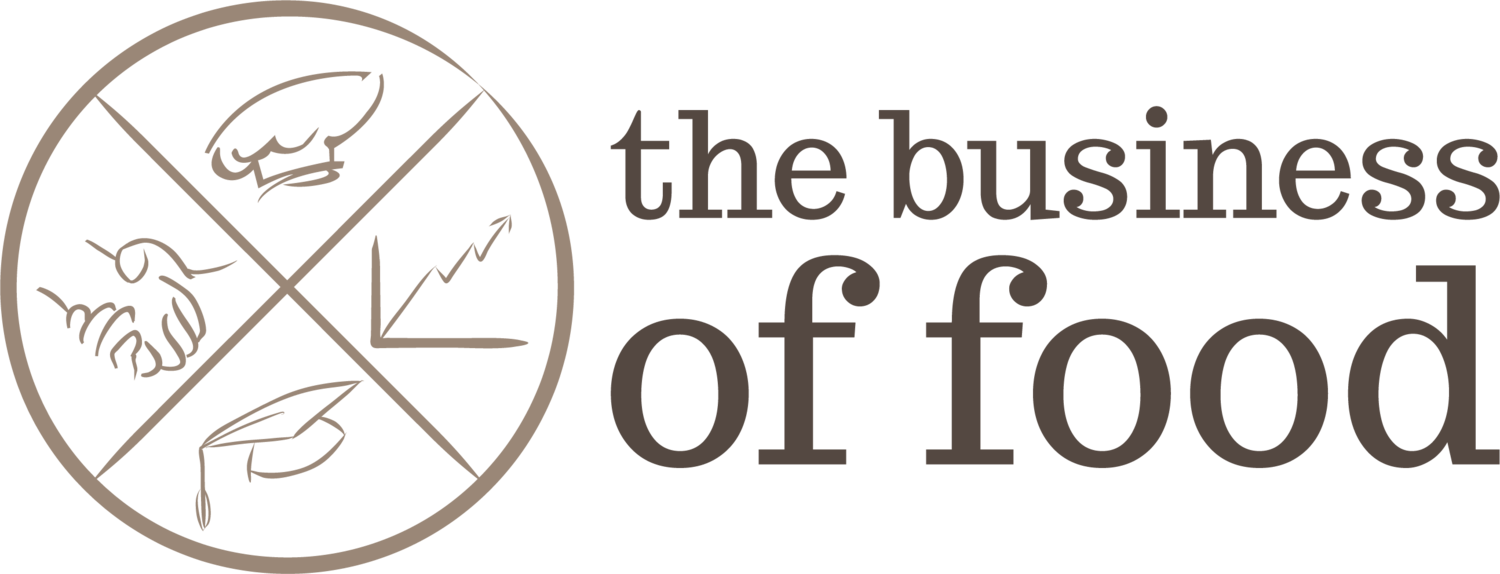Our 5 tips for understanding the Food Labeling laws
During the latter half of 2021, The Business of Food hosted a series of workshops focusing on some of the traps for new players like food laws, compliant processing, retail and wholesale pricing, distribution logistics and how to open up more avenues to get your produce to more customers.
Our first workshop focused on Food Labeling, an essential part of selling any retail food product and a key area that business owners struggle with. In 2020, one third of all food recalls were due to undeclared allergens & incorrect labeling, so we invited Roslyn Anderson, Nutritionist and Food Technologist to be our guest speaker for this workshop. She provided expert advice on how the food labeling laws have changed recently and what to take into consideration when developing your own food product.
With nearly 30 years experience in the food industry, Roslyn assists small to medium food businesses with food labeling, nutrition & health claims, country of origin, setting nutritional criteria for product development and nutritional analysis for Nutrition Information Panels (NIPs) through her business Tastebuddies.
In February 2021, the Food Standards Code was updated to include changes to the allergen declarations with the Plain English Allergen Labeling (PEAL) Standard. There are now very explicit requirements on how to declare allergens, use of ‘plain English’ terms for all allergens, addition of molluscs, the nine individual tree nuts that must be declared as single nuts and changes to gluten.
Roslyn took us through what these changes meant and how to understand them for your food business, she has some invaluable resources on her website to look at, in the meantime here are her top five tips on how to gather the information you need to prepare your food label.
The first step in getting started, is to find the wholesale suppliers that have the best price and supply for your ingredients. Then use the information from their labels to gather details to include on your product label. Don’t start writing the label using the labels from a supermarket product as so many key aspects can change based on your wholesale ingredients.
Product Specifications is the next step and the one that I see many food businesses miss. Ask your wholesale suppliers for a product specification for each and every ingredient. The specification provides so much information that you need to add to the label such as nutrition panel, ingredient list, allergen statement and percentage Australian country of origin. A bonus tip from TBoF here….if the wholesaler cannot provide a product specification for ingredients you are buying from them, find a new wholesaler. It is critical that you trust your wholesaler and the quality of their ingredients as it directly relates to the quality of your product.
Check the Food Standard Code Chapter 2 which outlines the particular food standards for certain types of products. Such as Standard 2.3.2 that tells you how much fruit must be in a jam product to call it a jam.
Another bonus tip from TBoF here…the standards overall relate to truth of labelling, in this example you cannot sell a product as a jam if it is really a vinegar based dressing with fruit flavouring. It’s important to be accurate and truthful with artisan food products, as your customer is paying premium prices for your product and are trusting you to deliver a quality product safely prepared and correctly labelled.
Always prepare your label for products that have been finalised. That is, use a recipe that you are 100% satisfied with in taste, flavour, ingredients and other product attributes. You must also have product shelf life testing completed before you prepare your label. If you change your product after the label is prepared and designed ready to stick on your packaging, it will add up to hundreds of dollars of extra expenses to make any necessary changes based on your recipe changing.
Another bonus tip, because the design is the ‘fun’ part of the food label, lots of businesses jump to this before they have finished working on their product. TBoF know from our many years of experience, that this is a critical mistake lots of new food businesses make. It costs money and is very disheartening.
There are 10 must-haves for nearly all food and drink products. Use a food label checklist so you know you have them all ticked off. See a list of Free Tools on the Tastebuddies’ page.
Join The Business of Food at our other workshops. They are a great way to connect into the food community and learn from a range of experts and your fellow participants. Click here to see what is on next.
